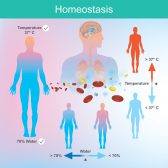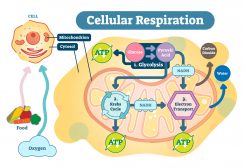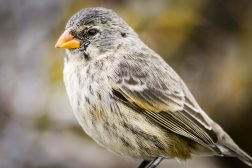Definition
noun
(genetics) A type of euploidy wherein the additional set of chromosomes is derived from another species, i.e. from two or more diverged taxa
Supplement
Euploidy is a chromosomal variation that involves the entire set of chromosomes in a cell or an organism. Euploidy is more tolerated in plants than in animals. There may be a single set (monoploidy), two sets (diploidy), or multiple sets (polyploidy, i.e. triploid, tetraploid, pentaploid, hexaploid, etc.) of chromosomes. Other types of euploidy are autopolyploidy and allopolyploidy.
In allopolyploidy, the additional set of chromosomes comes from another species (i.e. from two or more diverged taxa). The cell or the organism in allopolyploidy state is referred to as allopolyploid. Wheat is an example of an allopolyploid with six chromosome sets. For instance, a cross between tetraploid wheat Triticum (AAAA) and rye Secale (BB) would produce a hybrid progeny with a chromosomal composition of AAB. Allopolyploidy can be artificially induced by colchicine treatment of the seedlings. In effect, the hybrid would subsequently have AAAABB. The hybrid is then referred to as triticale. Through allopolyploidy, favourable genetic features of plants may be combined. For instance, the grain quality of wheat and the disease resistance of rye in the hybrid triticale.
See also:
- euploidy
- autopolyploidy
- homologous chromosomes
Related form(s):







